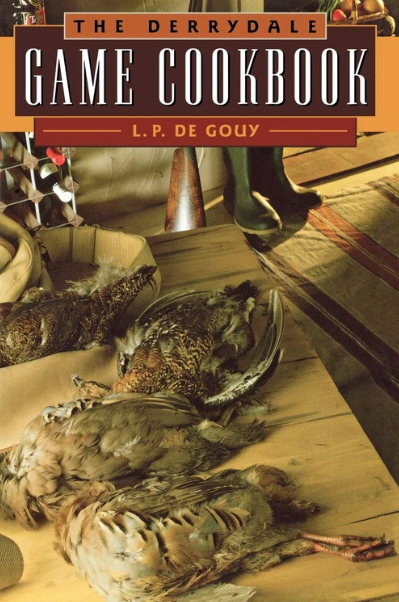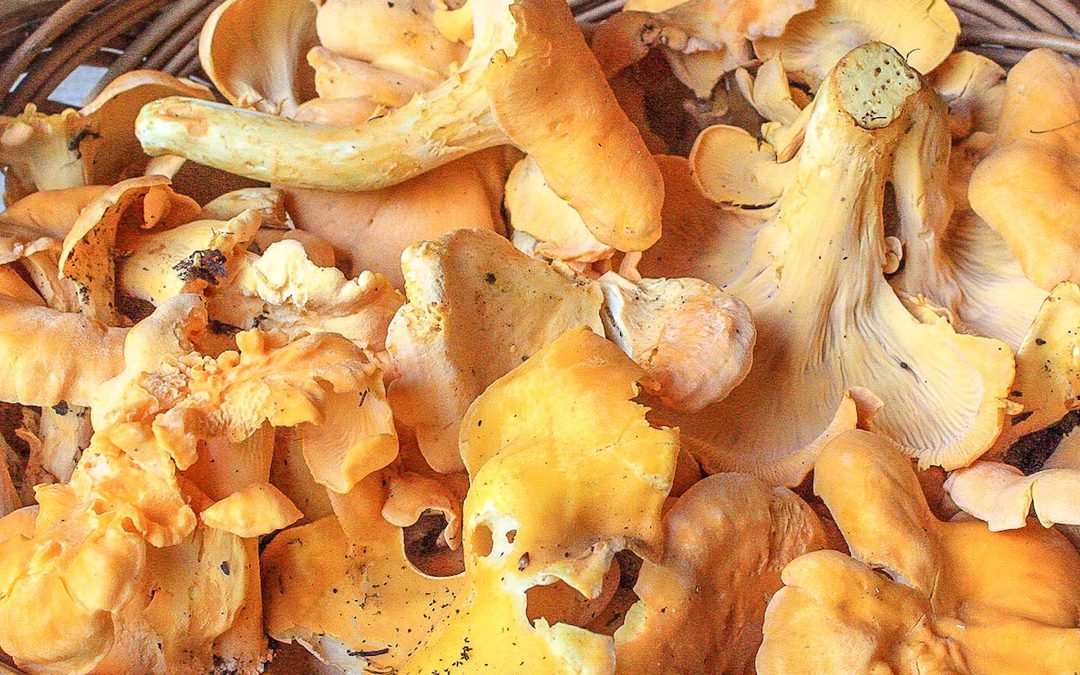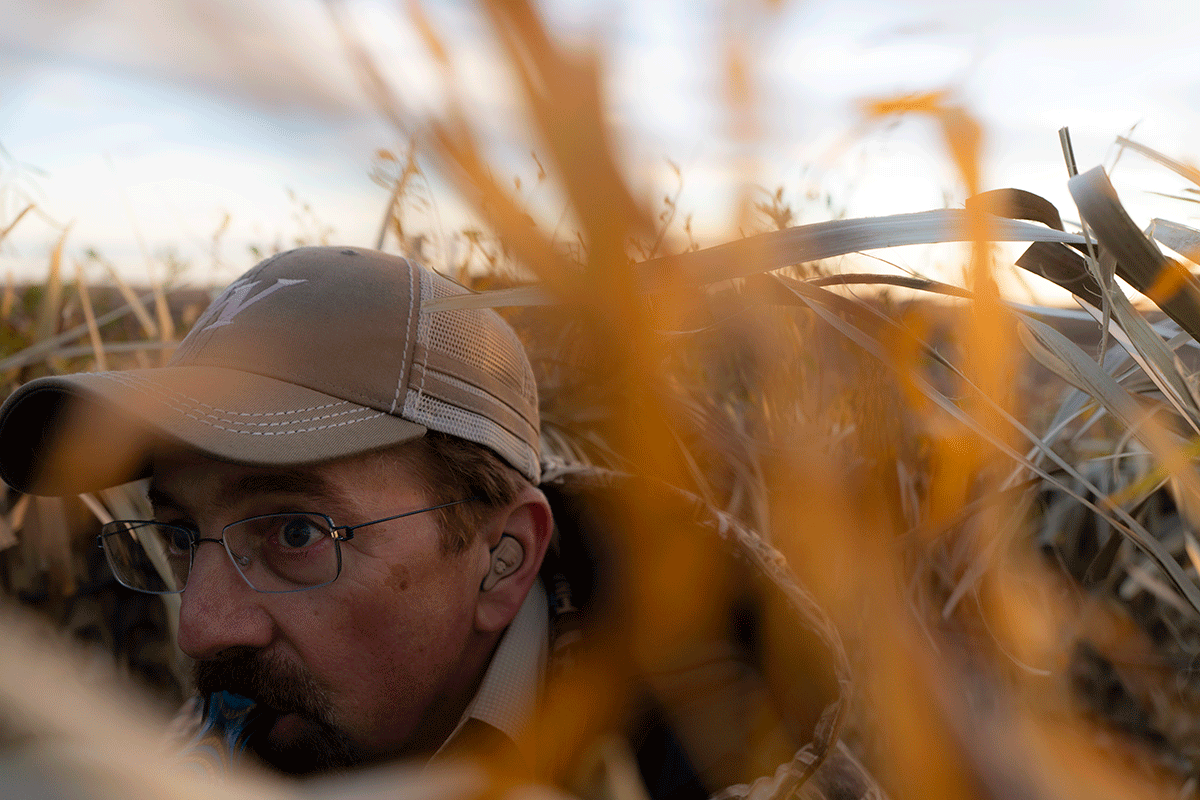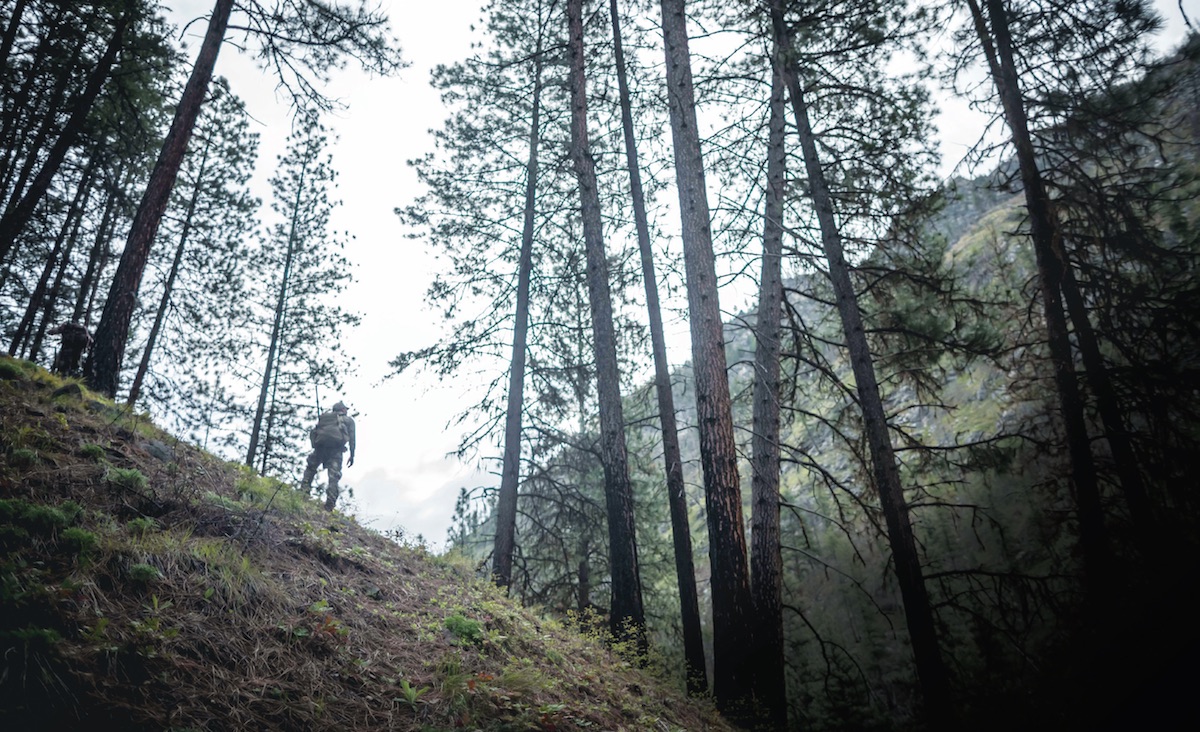My experience mushroom hunting for chanterelles in Virginia gave me the confidence, and the desire, to be a mushroom hunter like my parents.
I never thought I would take up mushroom hunting. My parents are seasoned foragers who hunted them in their native Lithuania where it was a national pastime. The prevalence of wild mushrooms, with over 100 edible species available, made the tiny country a household name for it.
In fact, it’s the Baltic nation’s second favorite sport after basketball. Chanterelle, botelus, porcini and morels are a staple in meat and potato dishes. My parents, like others there, found joy in mushroom hunting – it was a much-needed escape from the Soviet horrors that dominated the country during the last century.
Their love of mushroom hunting should have transferred to me, but apparently it didn’t. Despite two past forays into mushroom hunting in Lithuania and Canada, my interest waned. That along with limited opportunities compounded this dilemma. There was a real possibility I would not follow in the footsteps of my Baltic forebears.
Where and When to go Mushroom Hunting
Determined to remedy this, I posted on Facebook in search of opportunities to forage for mushrooms in the Northern Virginia area. Within minutes of posting, a friend had connected me with Lisa Floyd, general manager of Pembroke Springs Retreat near Winchester, Virginia. Though morel mushroom season had come and gone, Lisa said there were other opportunities to forage for chanterelle mushrooms (Cantharellus cibarius) during the summer. After checking our schedules, we confirmed a date and time in early August for me to come out and prospect for the yummy fungi. I didn’t wish to go alone since I had limited experience, so my parents tagged along.
Residents are afforded innumerable opportunities for mushroom hunting Virginia. Over 200,000 wild mushroom species can be found throughout the Old Dominion State, where 200 species are said to be edible.
On the day of our hunt, we drove 97 miles out west to the expansive and gorgeous Shenandoah Valley. After arriving at our destination, we met our trusted guide for the afternoon, Mr. Walter Floyd, who also happens to be Lisa’s father. Walter, 79, and his wife Taeko established the resort in 2001. Lisa told us her father knows his way around the forest for this highly prized fungus. Our group was in good hands.
Hunting the Chanterelle Mushroom
We arrived ready and prepared. Despite the heat that day, it was important to cover ourselves from head-to-toe, and to lightly douse our clothes with bug spray to ward off mosquitos, ticks and other pests. There are inherent dangers to mushroom hunting like consuming poisonous mushrooms or being bitten by Lyme disease-carrying ticks. I’ve learned not to take my chances in this corner of the state. It’s better to be sweaty than sorry.
Before we trekked out to the forest, Walter told us the likelihood of finding chanterelles was very high. Rain had recently come through the area. Our chances were especially promising, since he had a successful haul two days earlier.
It was finally go-time. We hopped onto Walter’s utility vehicle to explore three promising sites.
During the ride up to our first foraging spot, my dad could barely contain his excitement. “Stop, I see a good one!” he shouted with boyish excitement. “Let me get it.”
The vehicle hadn’t even stopped when my dad jumped from the vehicle. My mom and I burst out laughing as he, now overcome with “mushroom mania,” rushed to pick his lot of ‘shrooms. Walter had cautioned my dad, the erstwhile forager, to not pick these stragglers up. “Wait until we reach the first spot,” he had told us. “There are better mushrooms there.”
Once parked, my mom and dad assumed their positions and were off. Much like bloodhounds who pick up on a pungent scent, experienced mushrooms hunters like them easily detect and point out these forest treasures. One after another, my parents found edible boletus mushrooms and threw back the poisonous ones.
When they noticed I was photographing the mushrooms rather than picking them, they shouted for me to start hunting. They both had several in their baskets, so I had some catching up to do.
In the second spot, more porcinis and boletus were picked. We hadn’t stumbled on the chanterelles yet. I sighed and thought, where are those mushrooms? We should have found them by now, right? It wasn’t until the third spot that we found these beautiful, orange-yellow forest treasures.
The Best Environment for Chanterelles
This final site was home to a mature, moist forest—the perfect environment for chanterelles. Many orange-yellow caps dominated the leafy, cool landscape. Once the first chanterelle was in our crosshairs, more were discovered. It was almost overwhelming to believe they were sprouting in such large quantities. I knew we’d hit a goldmine. I started to grab the larger chanterelles, leaving the smaller ones behind.
Also known as the “golden chanterelle” and “egg mushroom,” chanterelles boast a meaty texture. When you pick one up, an apricot-like scent tickles the nostrils. The sweet, fresh aroma is delightful to breathe in.
Jack o’ Lantern Mushroom vs. Chanterelle
Upon removing a chanterelle, I noticed they grow solitary or in small clusters. They are mycorrhizal fungi, meaning they boast a symbiotic and beneficial relationship with surrounding plant and tree roots, especially maple, beech, poplar, birch and oak. This distinct characteristic helps foragers easily spot the true species, differentiating them from false species like the jack o’lanterns (Omphalotus illudens). Unlike the lookalikes, which are typically poisonous in nature, chanterelles are delicious and boast a high amount of vitamin C, potassium, and are rich in vitamin D.
“Look out for the gills under the [chanterelle] cap,” Walter urged us. “If you don’t see these kinds of gills, it’s a jack o’lantern.
False species like jack o’lantern mushrooms boast the same coloration as chanterelles, but differ slightly in appearance. Unlike chanterelles, jack o’lanterns are more orange in appearance. They also grow in large groups without the presence of tree or plant roots since they are not mycorrhizal like chanterelles.
Chanterelles boast false gills that resemble wrinkles. In contrast, false species like jack o’lanterns boast true gills. Their stems are orange on the inside when peeled away, while chanterelle stems are pale on the inside. Thankfully, our group didn’t come across any of the imposters.
Becoming a Mushroom Hunter
After properly identifying chanterelles and gathering enough for a few recipes, our group was ready to go. We had filled up two small baskets of edible wild mushrooms. Mission accomplished. Now it was time to head back to report to everyone how we did. I’m confident I earned my mushroom hunting stripes that day.
Foraging for wild mushrooms isn’t impossible to do if you find the right opportunities. During this trip, I learned a lot about chanterelles and how to spot them. I learned to take no more than my lot and leave behind those too small for the taking. My experience foraging for chanterelles gave me the confidence, and the desire, to be a mushroom hunter.
Contemplating mushroom hunting in your state? Read up state laws on access and possession of wild mushrooms. Know what you’re targeting and avoid false species. Be sure to know the optimal times to forage for mushrooms. Most importantly, have fun!
 Like the hunting and fishing classics Derrydale published in the 1930s, this cookbook has only improved with time. This is a no-nonsense, practical guide to cooking virtually every kind of wild game with everything from simple recipes to gourmet level preparation.
Like the hunting and fishing classics Derrydale published in the 1930s, this cookbook has only improved with time. This is a no-nonsense, practical guide to cooking virtually every kind of wild game with everything from simple recipes to gourmet level preparation.
L.P. De Gouy is the author of the Pie Book, The Soup Book, Sandwich Exotica, The Derrydale Fish Cookbook and more. Shop Now






